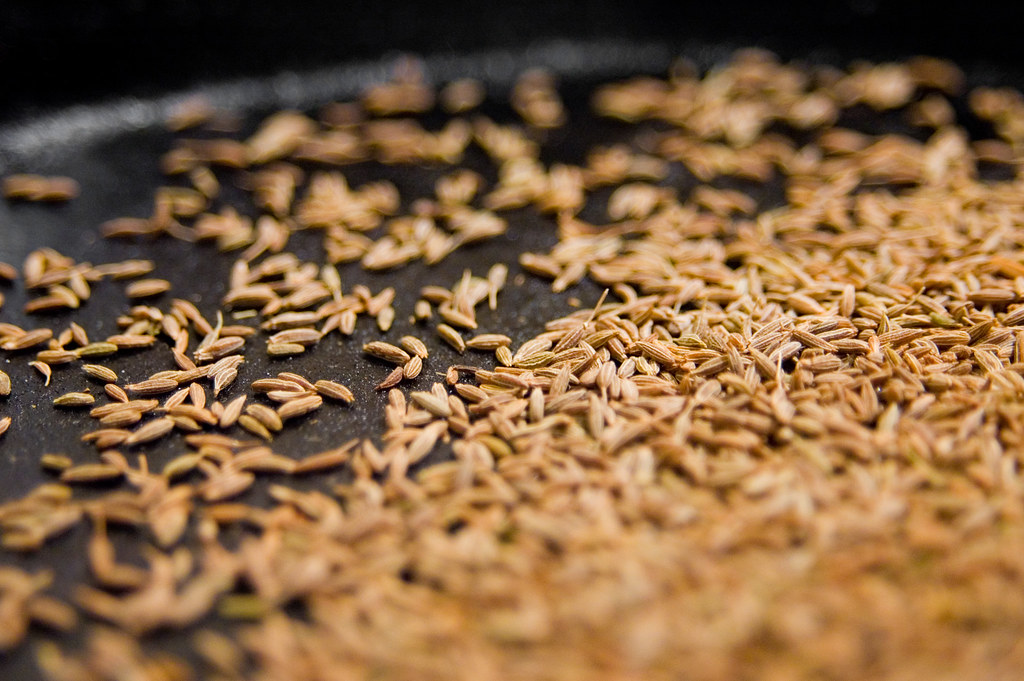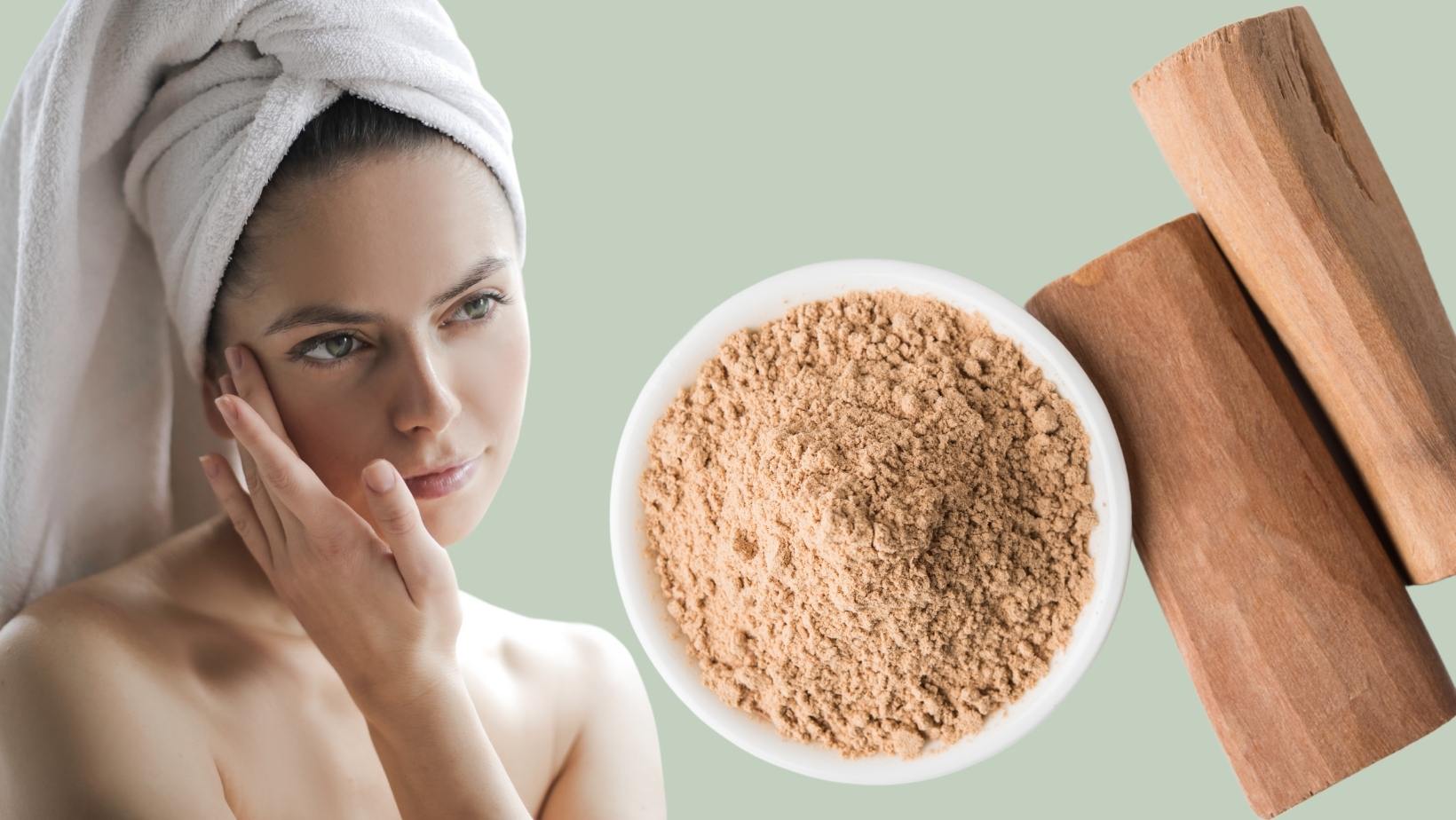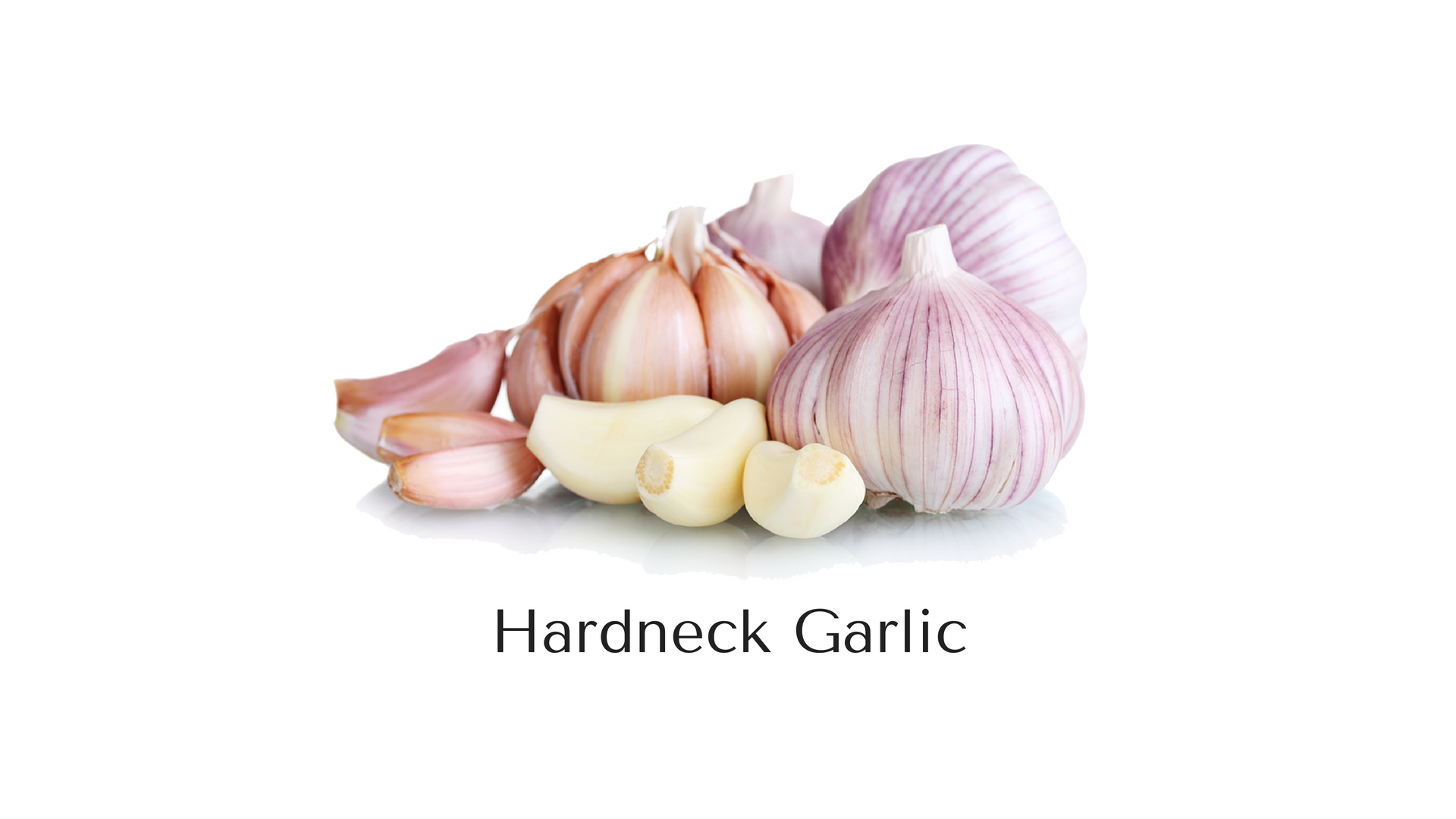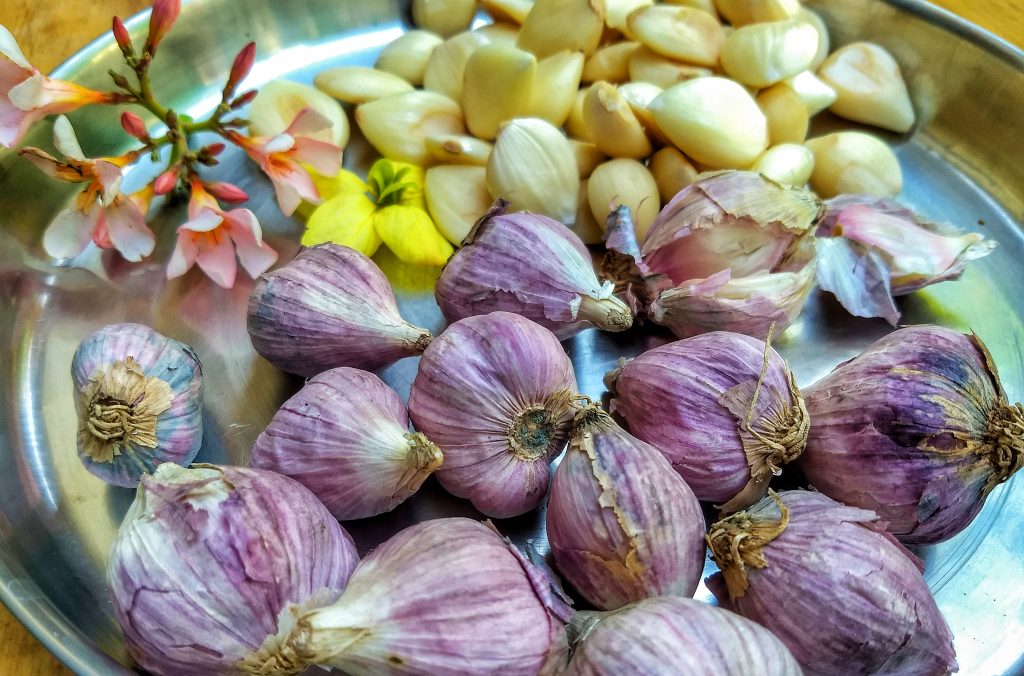
🌿🍵 Embark on a celestial journey with us as we explore the cosmos through the lens of herbal wisdom. Each zodiac sign resonates with a unique set of herbs that can enhance your well-being and align with your astrological energy. Whether you’re a fiery Aries or a tranquil Pisces, we’ve got a constellation of herbs waiting to illuminate your morning. Let’s traverse the zodiac, one sign at a time!
Aries (March 21 – April 19): Ignite Your Inner Fire 🔥
Aries, the first sign of the zodiac, you are a beacon of passion, courage, and energy. Your fiery spirit is complemented by invigorating herbs like Rosemary, Ginger, Basil, Cinnamon, and Cardamom. These herbs fuel your spirit and keep you motivated throughout the day, just like the first rays of the morning sun. Dive into the world of Aries and its resonating herbs here.
Taurus (April 20 – May 20): Embrace Morning Tranquility 🌾
Taurus, the sign of the Bull, you are grounded, practical, and stable. Your earthy nature is reflected in the soothing and comforting energy of herbs like Chamomile, Mint, Thyme, Licorice, and Cinnamon. These herbs promote calmness and stability, aligning perfectly with your nature. Unearth the secrets of Taurus and its harmonizing herbs here.
Gemini (May 21 – June 20): Harness Your Morning Energy ⚡
Gemini, the sign of the Twins, you are dynamic, versatile, and energetic. Your dual nature is mirrored in the stimulating properties of herbs like Peppermint, Lavender, Rosemary, Thyme, and Ginger. These herbs energize your body and stimulate your mind, reflecting your dynamic nature. Discover the dynamic world of Gemini and its energizing herbs here.
Cancer (June 21 – July 22): Nourish Your Soul 🌊
Cancer, the sign of the Crab, you are intuitive, emotional, and nurturing. Your nature is all about feelings and emotional connection. The nurturing properties of Chamomile, Mint, Fennel, Thyme, and Cardamom are designed to nourish your soul and promote emotional balance. Immerse yourself in the world of Cancer and its nurturing herbs here.
Leo (July 23 – August 22): Ignite Your Inner Morning Fire 🔥
Leo, the sign of the Lion, your bold, ambitious, and passionate nature is a roaring flame of leadership. To ignite your inner fire, herbs like Ginger, Basil, Rosemary, Cinnamon, and Cardamom can boost your self-confidence and keep you motivated. Unleash the Leo in you with these powerful herbs.
Virgo (August 23 – September 22): Embrace Inner Morning Harmony 🌿
Virgo, the sign of the Maiden, you are known for your meticulous attention to detail and your practical and analytical nature. To harmonize with your serene energy, infusions like Chamomile, Mint, Thyme, Licorice, and Cinnamon can promote inner harmony and tranquility. Find your inner harmony with these calming infusions.
Libra (September 23 – October 22): Embrace Morning Balance ⚖️
Libra, the sign of the Scales, you are known for your love of balance, harmony, and peace. To harmonize with your serene energy, tea blends like Chamomile, Lavender, Rosemary, Thyme, and Licorice can promote balance and harmony. Find your morning balance with these harmonizing tea blends.
Scorpio (October 23 – November 21): Harness Inner Strength 🦂
Scorpio, the sign of the Scorpion, your passionate, resourceful, and determined nature is a testament to your inner strength. To harness your power, spice blends like Ginger, Basil, Rosemary, Cinnamon, and Cardamom can boost your inner strength and keep you motivated. Harness your inner strength with these powerful spice blends.
Sagittarius (November 22 – December 21): Find Adventure in Balance 🏹
Sagittarius, the sign of the Archer, your optimistic, adventurous, and enthusiastic nature is a testament to your love for exploration. To match your vibrant energy, herb blends like Peppermint, Lavender, Rosemary, Thyme, and Ginger can stimulate your adventurous spirit and promote balance. Find adventure in balance with these stimulating herb blends.
Capricorn (December 22 – January 19): Cultivate Inner Peace 🌲
Capricorn, the sign of the Goat, your disciplined, responsible, and self-controlled nature is a testament to your structured approach to life. To harmonize with your serene energy, tea infusions like Chamomile, Mint, Thyme, Licorice, and Cinnamon can promote inner peace and tranquility. Cultivate inner peace with these calming tea infusions.
Aquarius (January 20 – February 18): Embrace the Unexpected 🌬️
Aquarius, the sign of the Water Bearer, your independent, original, and intellectual nature is a testament to your innovative approach to life. To match your vibrant energy, herb infusions like Peppermint, Lavender, Rosemary, Thyme, and Ginger can stimulate your mind and embrace the unexpected. Embrace the unexpected with these stimulating herb infusions.
Pisces (February 19 – March 20): Dive into Tranquility 🐠
Pisces, the sign of the Fish, your compassionate, intuitive, and gentle nature is a testament to your emotional depth. To harmonize with your serene energy, tea blends like Chamomile, Mint, Fennel, Thyme, and Cardamom can promote emotional balance and tranquility. Dive into tranquility with these soothing tea blends.
Frequently Asked Questions (FAQs)
1. What are the best morning herbal infusions for my zodiac sign?
Each zodiac sign resonates with a unique set of herbs that can enhance your well-being and align with your astrological energy. We’ve curated a list of herbal infusions for each zodiac sign in our blog posts. You can find the best morning herbal infusions for your zodiac sign by clicking on the respective links in the blog post.
2. How can Ayurveda help balance my zodiac energy in the morning?
Ayurveda, the ancient system of holistic healing, uses herbs and spices to balance the energies within us. Each zodiac sign has dominant elements and ruling planets, and incorporating herbs and spices that align with these can help support your overall wellbeing and enhance your sense of inner tranquility.
3. What are some healing herbs recommended for my zodiac sign?
The healing herbs recommended for each zodiac sign are detailed in our blog posts. These herbs are chosen based on their properties and how they align with the characteristics of each zodiac sign. For example, Aries resonates with invigorating herbs like Rosemary, Ginger, Basil, Cinnamon, and Cardamom, while Taurus aligns with soothing herbs like Chamomile, Mint, Thyme, Licorice, and Cinnamon.
4. How can I incorporate zodiac-based herbal infusions into my morning routine?
Incorporating zodiac-based herbal infusions into your morning routine is simple. You can prepare these infusions by steeping the recommended herbs in hot water. Enjoy these infusions as a part of your morning routine to start your day with a touch of celestial magic.
5. What are the benefits of zodiac-based herbal infusions?
Zodiac-based herbal infusions can enhance your well-being by aligning with your astrological energy. They can help promote calmness, stimulate your mind, energize your body, support emotional balance, and much more. By starting your day with these infusions, you can embrace the day with a sense of balance and tranquility.
Conclusion
As we journey through the zodiac, it’s clear that each sign has a unique relationship with different herbs, teas, and infusions. By aligning these elements with your astrological sign, you can enhance your well-being and start your morning with a touch of celestial magic. So, why not explore these herbal wonders and discover the magic that awaits you? 🌿🍵🌞














